Conquering ACL Injuries: Elite Strategies for Athletes to Stay Injury-Free
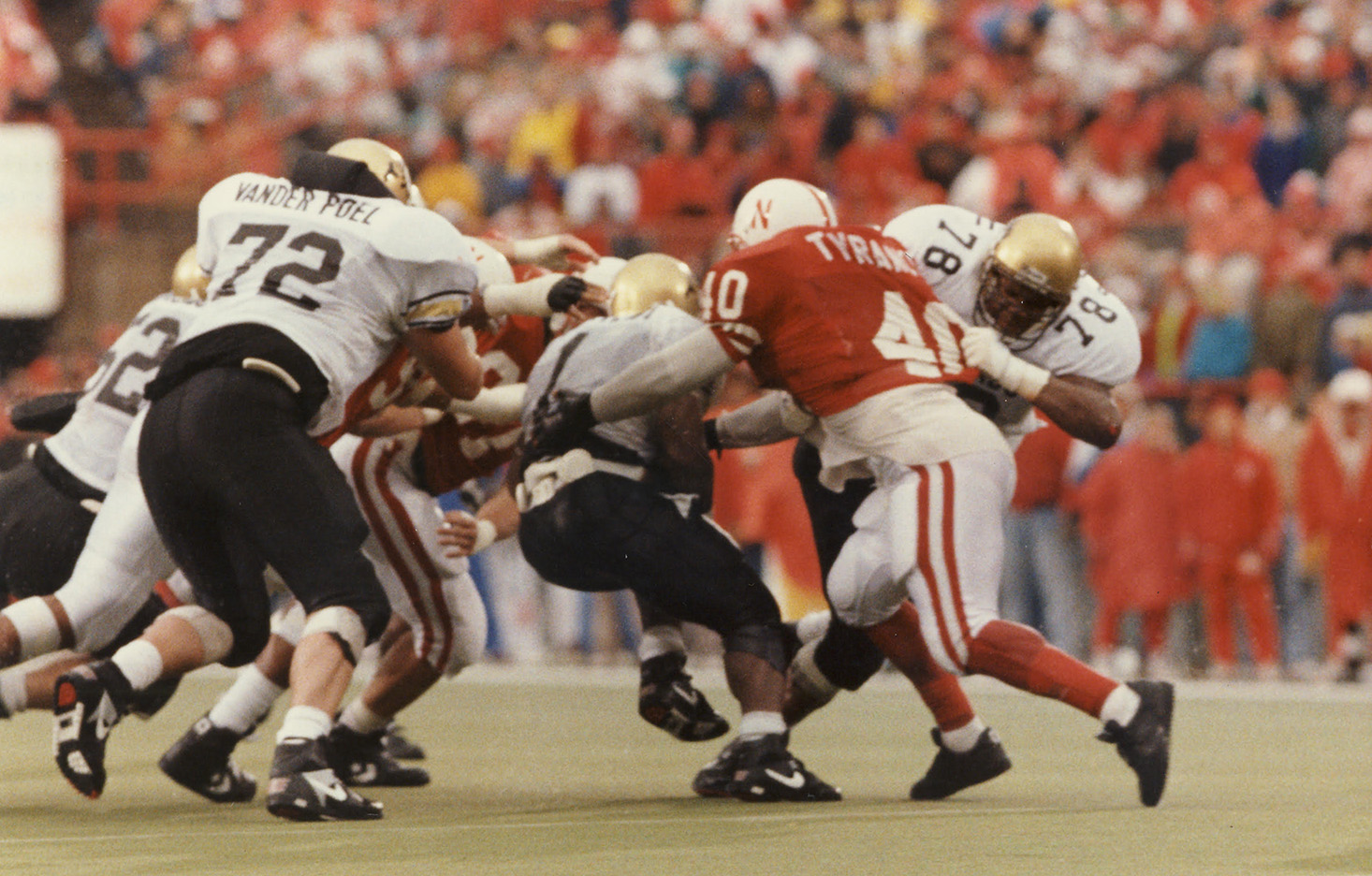
ACL (anterior cruciate ligament) injuries are a major concern in the athletic world, often leading to prolonged downtime and affecting performance. At Tyrance Orthopedics & Sports Medicine, we understand the impact of these injuries and emphasize prevention as much providing effective treatment and return to play. This newsletter delves into advanced prevention strategies, blending expert knowledge with the latest research.
Mechanisms of Injury for ACL Injuries
ACL (anterior cruciate ligament) injuries are a significant concern in the realm of sports and physical activities, often resulting in substantial downtime and rehabilitation. The primary mechanism of injury typically involves a sudden deceleration, rapid direction changes, or a wrong landing from a jump. These movements place excessive stress on the ACL, leading to tears or ruptures. Sports that frequently see such maneuvers, like football, basketball, soccer, and skiing, have higher incidences of ACL injuries. The non-contact mechanism, where the injury occurs without the involvement of another player or object, is notably prevalent, accounting for a substantial proportion of ACL injuries (Boden et al, 2021).
Risk Factors for ACL Injuries
Several factors increase the risk of sustaining an ACL injury. These include:
- Gender: Female athletes are at a higher risk due to various factors such as differences in neuromuscular control, hormone levels, and the anatomical structure of the knee (Hewett et al., 2005)
- Anatomical Variations: Certain anatomical aspects, like a narrower intercondylar notch or a steeper tibial slope, have been associated with a higher risk of ACL injuries (Smith et al., 2011).
- Biomechanical Factors: Poor neuromuscular control, particularly in the landing phase during jumping or cutting maneuvers, increases the risk of ACL injuries. This includes factors like valgus knee positioning and inadequate hip and core stability (Hewett et al., 2005).
- Sporting Environment: Playing on certain surfaces, such as artificial turf, or using improper footwear can also elevate the risk of ACL injuries (Dragoo et al., 2013).
- Previous Injuries: Athletes with a history of knee injuries are at an increased risk of future ACL injuries (Kaeding et al., 2015,).
Prevention
Focusing on the top five most effective strategies for ACL injury prevention, based on their impact and feasibility, would include:
Strengthen Key Muscles: Prioritize strengthening the hamstrings and quadriceps. These muscles play a critical role in stabilizing the knee joint, directly influencing the health of the ACL. (Myer et al. 2009).
- Improve Flexibility and Hip Mobility: Regular stretching of the lower body muscles, along with exercises that enhance hip mobility, is vital. This approach not only reduces the strain on the knees but also improves overall lower limb function, which is crucial for knee health.
- Practice Proper Landing Techniques: Learning and consistently applying proper landing mechanics—such as keeping the knees bent and hips back during jumps and landings—can significantly reduce the force transmitted through the ACL, especially important in high-impact sports.
- Engage in Plyometric Exercises: Incorporating plyometric exercises into your training regimen improves dynamic knee stability and neuromuscular control, both of which are key factors in preventing ACL injuries.
- Participate in Balance and Proprioceptive Training: Using tools like balance boards to enhance proprioception helps in developing better knee joint awareness and control, which is essential in preventing awkward movements that could lead to ACL injuries. (Clagg et al., 2015).
These top five strategies offer a balanced approach, combining strength, flexibility, technique, and neuromuscular control, to effectively reduce the risk of ACL injuries. By focusing on these key areas, athletes can maintain both the health of their ACL and their overall performance in sports.
Conclusion
Preventing ACL injuries is essential for athletes seeking longevity in their sports careers. Through targeted strength training, plyometrics, balance, agility, core strengthening, flexibility, education, proper equipment, and regular health assessments, athletes can effectively reduce their risk of ACL injuries, aligning with Avastar Health Systems’ vision of empowering athletes for peak performance.
Are you a rider dealing with a new or lingering injury?
Look no further!
Whether you’re a world-class athlete or a recreational rider, we understand your passion for horseback riding and your desire to stay healthy for as long as possible. Our approach encompasses a variety of therapies and techniques to support your journey.
Meet The Physician
Patrick Tyrance, Jr. MD
Patrick Tyrance, Jr. MD is a Harvard trained Orthopedic Surgeon and passionate holistic health advocate. Prior to becoming an Orthopedic Surgeon, he was a former All-Conference and Academic All-American linebacker at the University of Nebraska and drafted by the LA Rams before completing medical school and orthopedic surgery training at Harvard.
He is known as a compassionate physician and recognized for his surgical skill. In addition to his private medical practice, Dr. Tyrance serves as an advisor to a number of healthcare startups and evaluates patented technologies in medicine and healthcare for their commercialization potential.
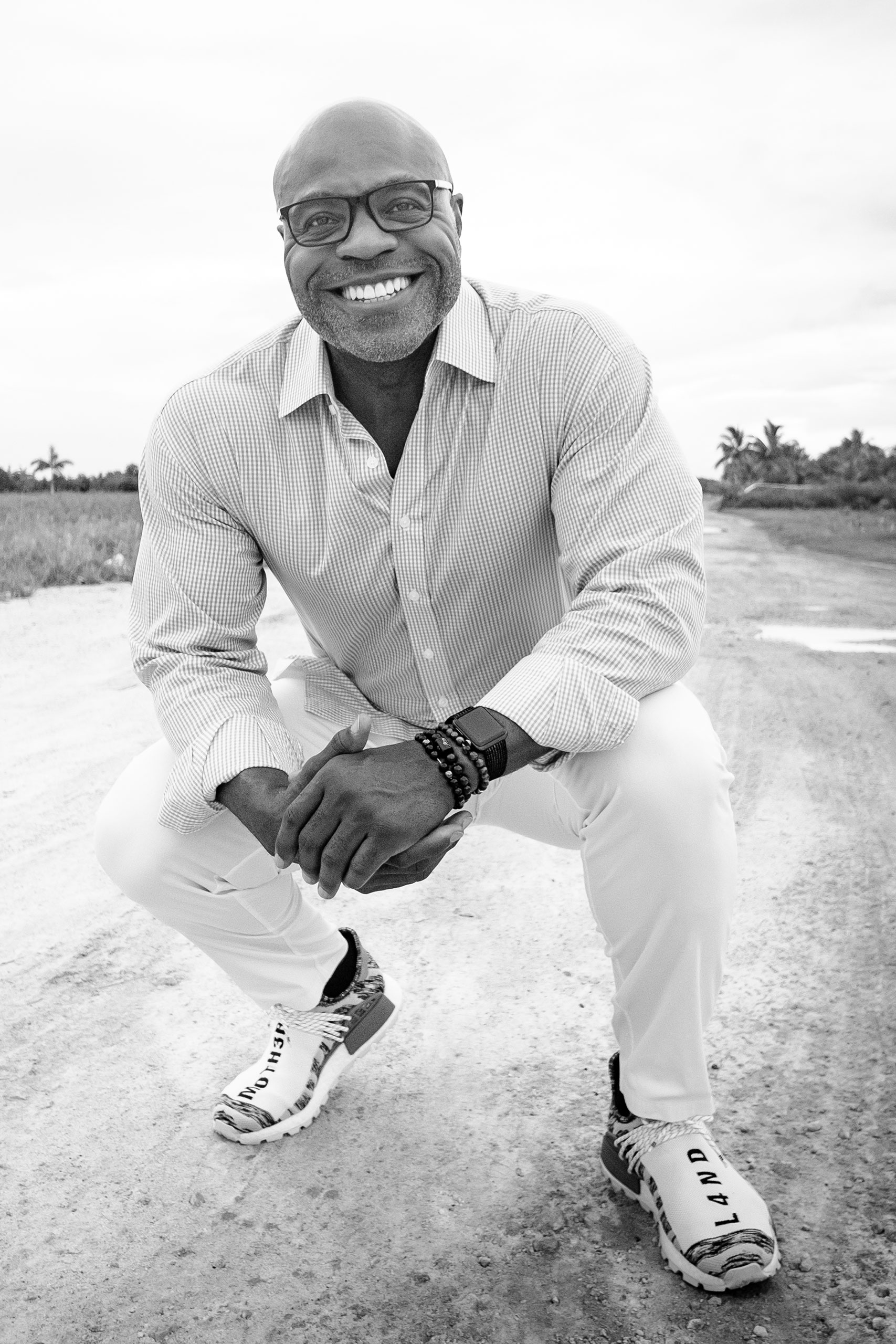
REQUEST A CONSULTATION
Need help with an existing injury or ailment?
Meet The Physician
Patrick Tyrance, Jr. MD
Patrick Tyrance, Jr. MD is a Harvard trained Orthopedic Surgeon and passionate holistic health advocate. Prior to becoming an Orthopedic Surgeon, he was a former All-Conference and Academic All-American linebacker at the University of Nebraska and drafted by the LA Rams before completing medical school and orthopedic surgery training at Harvard.
He is known as a compassionate physician and recognized for his surgical skill. In addition to his private medical practice, Dr. Tyrance serves as an advisor to a number of healthcare startups and evaluates patented technologies in medicine and healthcare for their commercialization potential.
REQUEST A CONSULTATION
Need help with an existing injury or ailment?


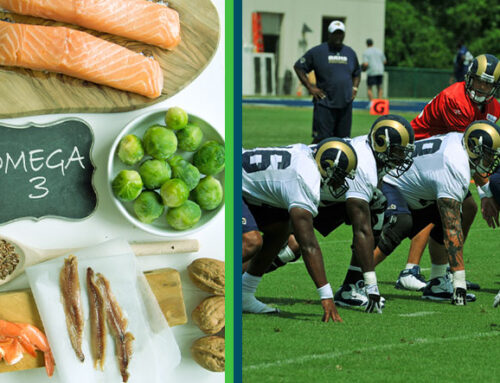
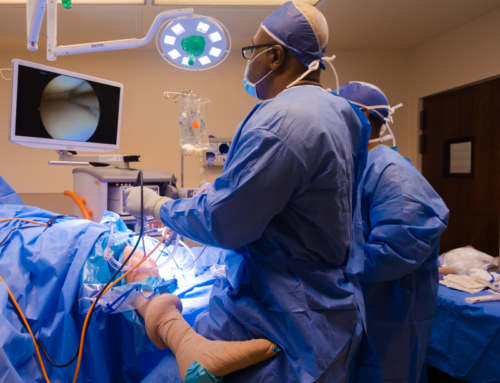

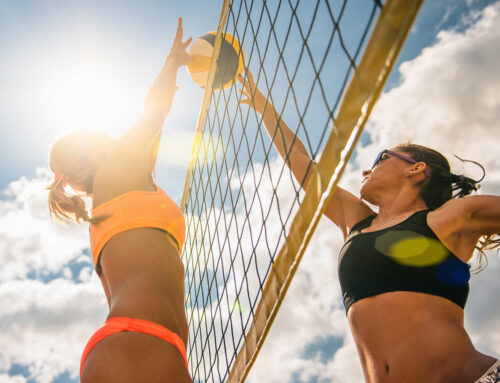

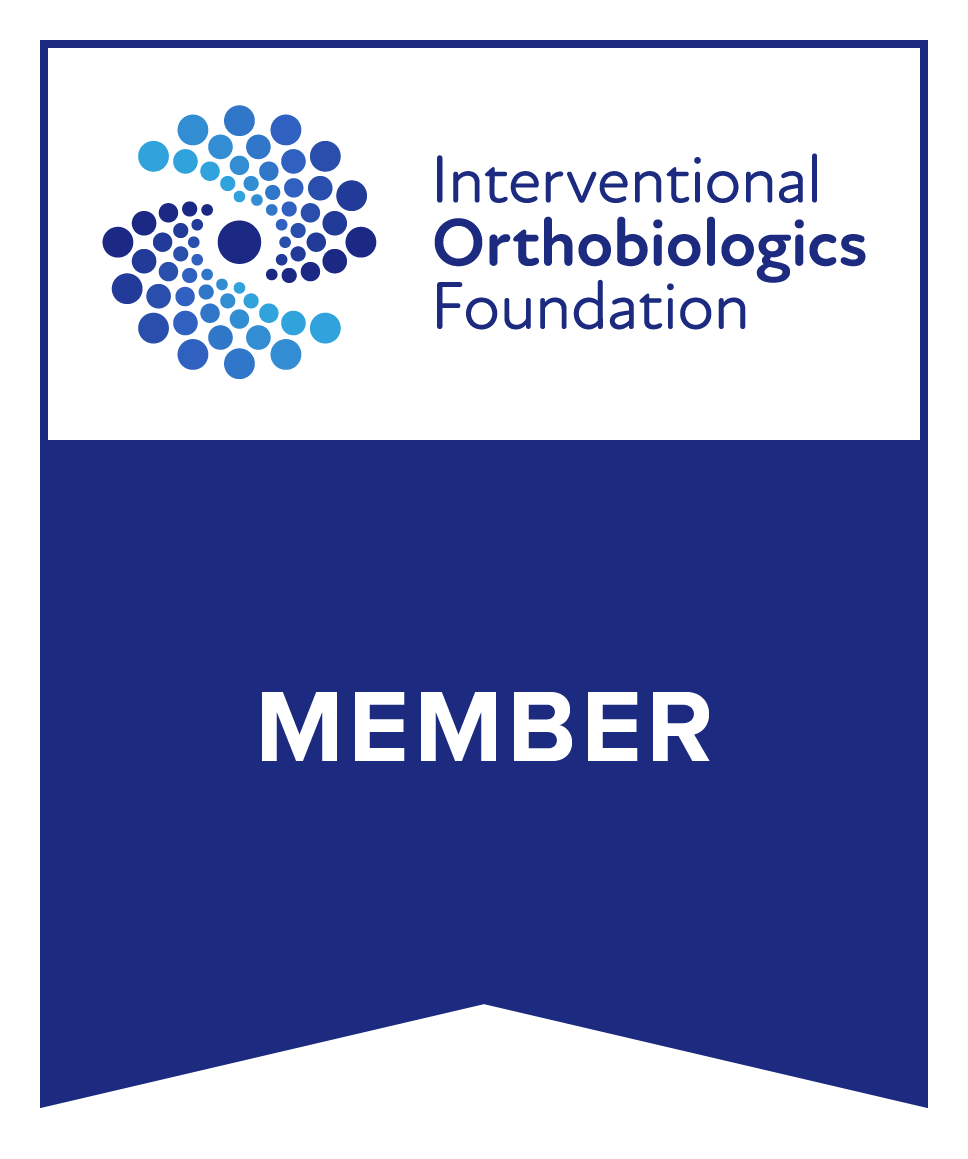
Leave A Comment